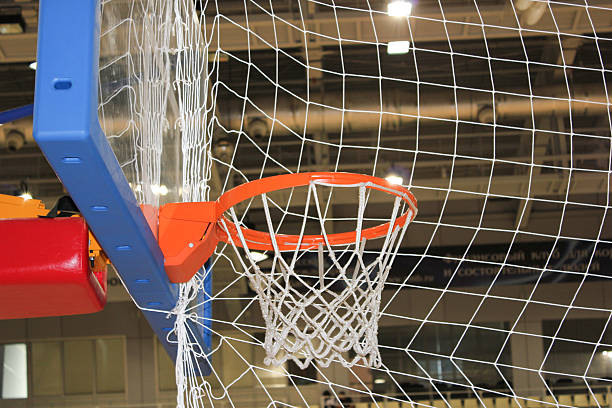Introduction
Whether you’re a basketball player, understanding the science behind your vertical leap is crucial, whether you’re a sportsperson aiming to dunk or simply interested in improving your athletic performance. Jumping high requires more than just raw strength; it involves a complex interplay of muscles, energy, and technique. This article delves into the mechanics behind a powerful jump, helping you unlock your potential on the court.

The mechanics of a vertical leap
A vertical leap involves multiple muscle groups working in unison to generate explosive power. Here’s a breakdown of the key components:
Muscle Power: The primary muscles involved in a vertical leap include the quadriceps, hamstrings, glutes, and calves. These muscles need to be strong and well-coordinated to propel your body upward.
Energy Transfer: Your joints—ankles, knees, and hips—must efficiently transfer the energy that your muscles generate. This transformation is critical for maximizing your jump’s height.
Speed and Timing: A successful jump is not only about strength but also about muscle contraction and timing. The quicker your muscles contract, the more force you generate, leading to a higher jump.
Here are some advanced techniques to boost your vertical leap.
Improving your vertical leap requires more than just standard exercises; it involves a strategic approach that combines various training modalities.
Explosive Strength Development: Incorporate Olympic lifts like power cleans and snatches to build explosive strength. These exercises enhance your ability to generate force rapidly, leading to higher jumps.
Eccentric Training: Focus on the eccentric (lowering) phase of exercises like squats and lunges. Slowing down the descent builds muscle control and strength, which are critical for explosive takeoff.
Reactive Strength Training: Use depth jumps and reactive box jumps to train your muscles to respond quickly and powerfully to changes in momentum, a key aspect of vertical jumping.
Core Stability: Strengthen your core with exercises like planks and Russian twists. A stable core ensures efficient energy transfer from your lower body to your upper body, maximizing your jump height.
Proprioceptive drills: Enhance your body’s awareness and control during movement by incorporating balance exercises and agility drills. This training improves your coordination, allowing you to execute jumps with precision.
How the Vert Shock Jump Program Can Help
By concentrating on the appropriate muscles and movements, the Vert Shock Jump Program specifically increases your efficiency in vertical leaps. It offers:
Step-by-step guidance: The program provides detailed instructions on exercises and drills designed to improve your jump.
Progress Tracking: Regular assessments allow you to monitor your improvement over time.
Personalised Training: The program adapts to your current fitness level and progress, guaranteeing constant challenge.
Tips for Using Your Vertical Leap in Basketball
A higher vertical leap can significantly impact your basketball performance. Whether you’re aiming for a dunk or looking to improve your shot, here’s how a powerful jump can help:
Rebounding: A higher jump allows you to reach the ball faster, giving you an advantage in rebounding.
Shot blocking: Elevating your jump can help you block shots more effectively.
Shooting: Learning how to shoot better at basketball involves more than just accuracy. A strong vertical leap can improve your shooting by allowing you to release the ball from a higher point, making it harder for defenders to block.
Conclusion
After going through the blog post, you’ve gained a better understanding of the vertical leap exercise, which comprises exercises, science, and techniques. A combination of all these will help athletes strengthen their muscles, stamina, and endurance. If you’re a sports enthusiast, Dunk Journal is the best blog website that keeps you updated with the latest gaming, news, articles, and much more.
